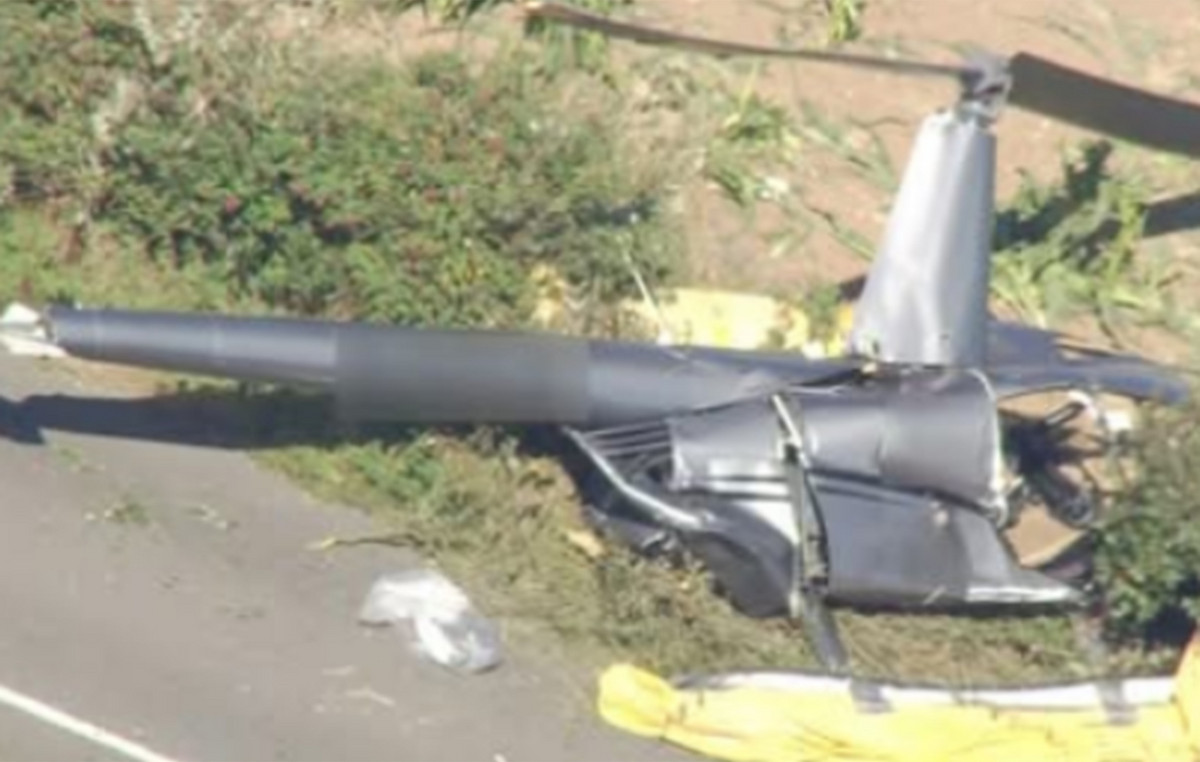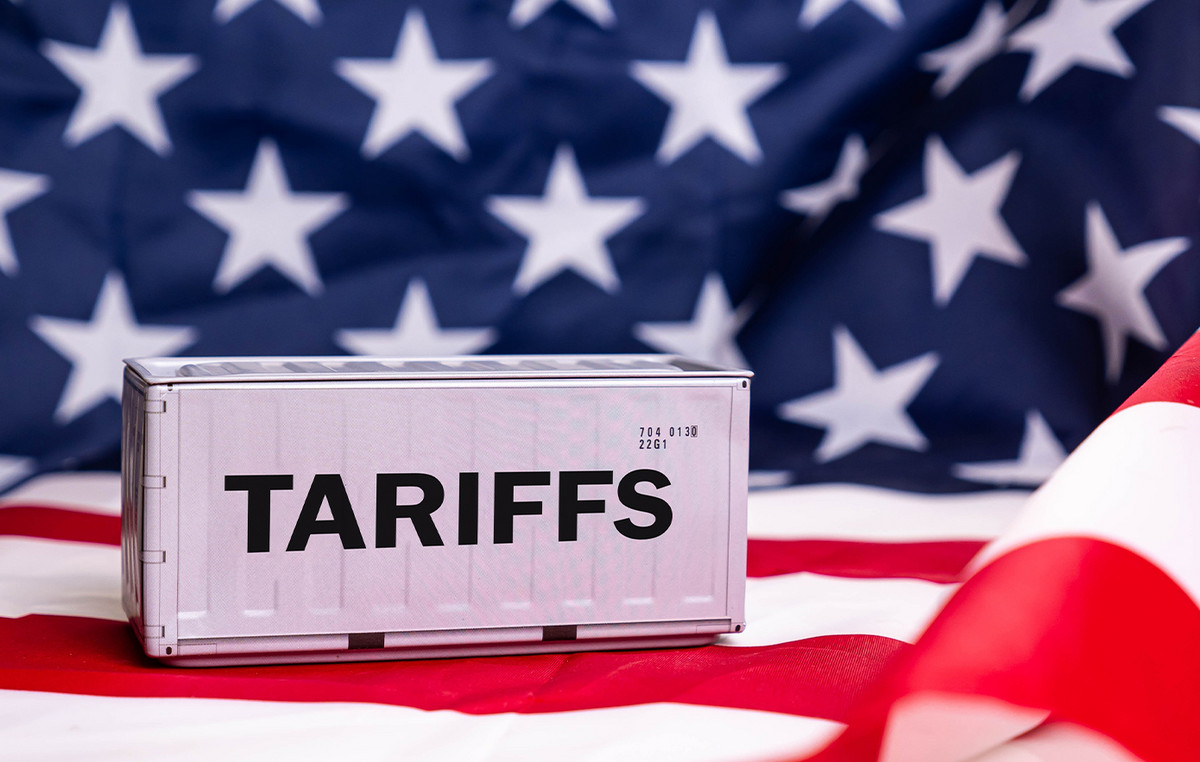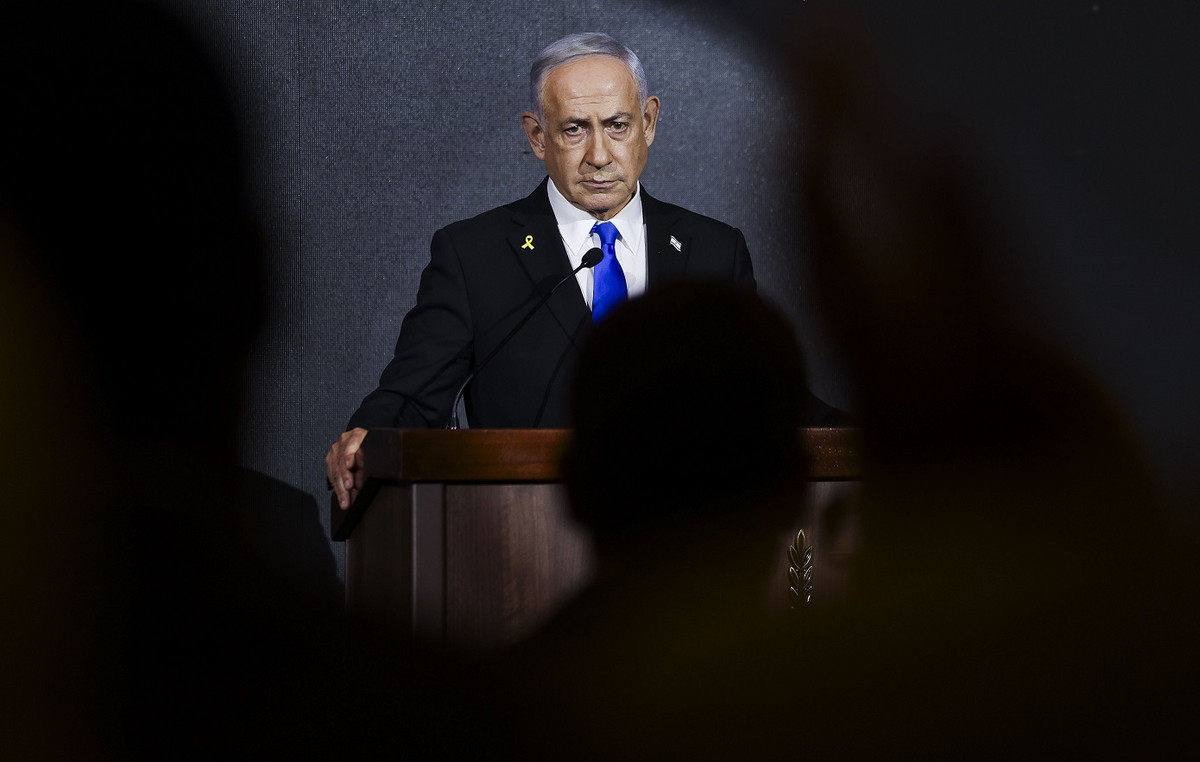Researchers from the Oswaldo Cruz Foundation consider the return of face-to-face activities in schools to be risky, after vaccination against Covid-19 in the country reached only 21% of children aged 5 to 11 years. The concern was disclosed this Wednesday (16) through a technical note from the Covid-19 Observatory.
“Our main concern today is to ensure that vaccination progresses among children so that face-to-face return takes place safely. After two years with only remote activities, the damage to this group is great. In the short term, because it negatively impacts the mental health of people who do their socialization rites from school. In the long term, remote learning has somehow increased disparities in access to education, and this will impact the entire school-age generation today.
Returning in a context of low vaccination coverage brings risk to everyone: to children, who today represent a highly vulnerable group; and adults, who return to some activities that support school activities, mainly services and commerce”, explained Raphael Guimarães, researcher at Fiocruz and coordinator of the technical note.
The main reason for the slowness in vaccination coverage, according to the researchers, is the spread of fake news, which has provoked resistance from families about the efficacy and safety of immunization.
Members of the Fiocruz observatory also warned that the unvaccinated become particularly vulnerable to infection and the spread of the virus, including among other age groups. Therefore, the institution calls for the articulation of all spheres of management for the expansion of vaccination coverage in the country.
“This is a selective fear for the Covid-19 vaccine. More than ever, it is up to civil society to provide due clarification, with simple and accessible language on the importance, effectiveness and safety of vaccines, involving the responsibility of all levels of health management in the country”, highlights the document.
The state of Amapá has only 5.3% of children aged 5 to 11 years vaccinated against covid-19. The number represents the worst performance of Brazilian states.
The highest rate observed by Fiocruz was in the Federal District, which has 34.6% of children immunized. Another six federative units have first dose coverage higher than the national average: Rio Grande do Norte (32.6%), Paraná (28.6%), São Paulo (28.1%), Sergipe (23.9%) , Rio Grande do Sul (23.2%) and Espírito Santo (21.9%).
Among the capitals, the technical note highlighted at least 10 that are below the country’s mark: Macapá and Campo Grande appear with the worst index, with only 1.6% of vaccinated children. Then comes Recife (1.9%), Rio Branco (6.9%), Teresina (8.4%), Cuiabá (15.7%), João Pessoa (15.8%), Porto Velho (16%) , Belo Horizonte (18.4%) and Boa Vista (20.6%).
The document also points out that first-dose vaccination coverage is directly proportional and higher in states where life expectancy and the Human Development Index (HDI) are also higher.
On the contrary, first-dose vaccination coverage is lower where there is greater inequality of income, poverty and hospitalizations for conditions sensitive to primary care. And in places where the proportion of children aged 5 to 11 years is higher, there is lower first-dose vaccination coverage among this group.
Source: CNN Brasil







